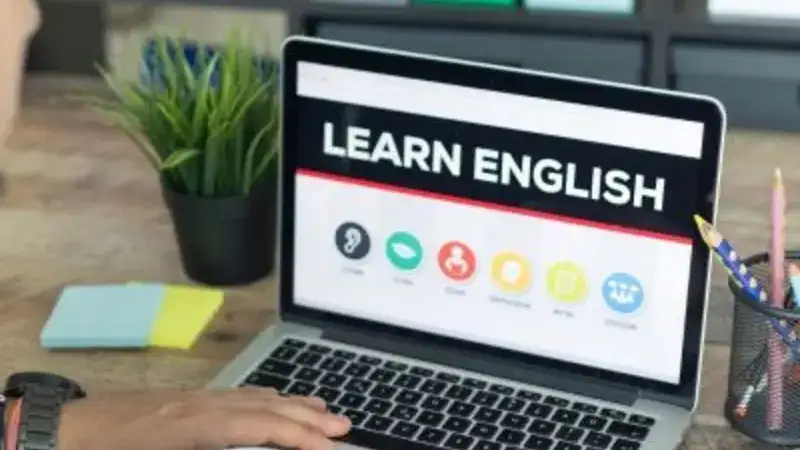Key Takeaways:
Fostering Creativity This article delves into methods for enhancing creativity and critical thinking among second graders, emphasizing the significance of these skills in early education. Readers will discover practical strategies for integrating creativity into the core curriculum, methods to develop critical thinking, and the vital role of teachers in cultivating an environment conducive to these skills. Additionally, practical classroom activities illustrate how creativity and critical thinking can be seamlessly woven into daily lessons.
Table of Contents:
- Introduction
- Integrating Creativity in the Classroom
- Developing Critical Thinking Skills
- The Role of Teachers in Skill Development
- Engaging Classroom Activities
- Conclusion
Introduction
Creativity and critical thinking are fundamental components of a robust educational framework. As the demand for innovative problem-solvers and critical thinkers grows in our evolving world, educators are tasked with embedding these skills early in Fostering Creativity the educational journey. Second grade is an ideal stage to nurture these abilities, as students are primed to expand their horizons and engage with learning materials in new ways. This article explores various strategies to foster these essential skills in young learners, offering insights into effective classroom practices and educators’ pivotal role in this developmental phase.
Integrating Creativity in the Classroom
Incorporating creativity into the classroom requires thoughtful planning and execution. From project-based learning to art and music integration, there are numerous avenues through which educators can inspire creativity in their students. Creative activities encourage children to explore their thoughts, express their ideas, and develop unique solutions to problems. In addition, writing worksheets for 2nd grade is one practical approach, allowing students to craft stories and unleash their imagination while aligning with the curriculum objectives.
Creating an environment that encourages artistic expression is crucial. This can range from visual arts projects that complement storytelling to drama exercises that allow students to enact different scenarios. Fostering a classroom culture that values curiosity and innovation helps students think divergently and develop confidence in their creative abilities. Additionally, providing regular reflection opportunities allows students to assess their creative processes and outcomes critically.
Developing Critical Thinking Skills Fostering Creativity
Developing critical thinking skills in young learners is an investment in their future success. Critical thinking empowers students to evaluate information, identify biases, and make informed decisions. Building these skills begins with encouraging students to ask questions and engage in discussions that challenge their perspectives. This process cultivates curiosity and trains students to approach problems systematically.
Incorporating puzzles, logical reasoning activities, and decision-making exercises into the curriculum can enhance critical thinking skills. These activities should be age-appropriate yet challenging enough to push students to think deeply. Group work that requires collaborative problem-solving also adds value by providing diverse viewpoints, which enrich students’ analytical abilities. Essential to this development is the teacher’s guidance to prompt students to reflect on their reasoning processes and the effectiveness of their conclusions.
The Role of Teachers in Skill Development Fostering Creativity
Teachers are instrumental in nurturing students’ creativity and critical thinking. By designing challenging and inspiring lessons, educators can cultivate an environment conducive to active and exploratory learning. Teachers must demonstrate a zest for discovery and learning, as students often emulate the enthusiasm and curiosity they observe in their mentors.
An essential aspect of the teacher’s role is providing constructive and encouraging feedback. This feedback should focus on the outcomes and the processes students engage in, helping them understand the steps they took and how they can improve. Additionally, creating a safe space for students to express their ideas and questions without fearing failure is fundamental. This openness inspires students to take intellectual risks, which is a significant creative and critical skill development.
Engaging Classroom Activities Fostering Creativity
Practical classroom activities can bridge the gap between creativity and critical thinking, offering a comprehensive learning experience. One such activity is project-based learning, where students investigate and respond to authentic, engaging, and complex questions or challenges over an extended period. This method promotes creativity as students explore multiple perspectives and critical thinking, analyze information, and develop evidence-backed conclusions.
Another engaging activity is a “Think-Pair-Share,” which involves students thinking individually about a question, discussing their ideas with a partner, and then sharing their insights with the class. This exercise encourages students to articulate their thoughts and consider alternative viewpoints, thus enriching their critical analysis skills. Role-playing is also a creative way to develop empathy and understanding as students immerse themselves in different characters or scenarios.
Conclusion
By Fostering Creativity and critical thinking in second-grade classrooms, educators set the stage for students’ future academic and personal success. These skills are integral to personal development, equipping children with the ability to navigate complex situations and develop innovative solutions. While the demands of the modern educational landscape are ever-evolving, the emphasis on creativity and critical thinking remains constant, reinforcing their importance in young learners’ lives.
WORLD JOURNEY MAGAZINE for more information



